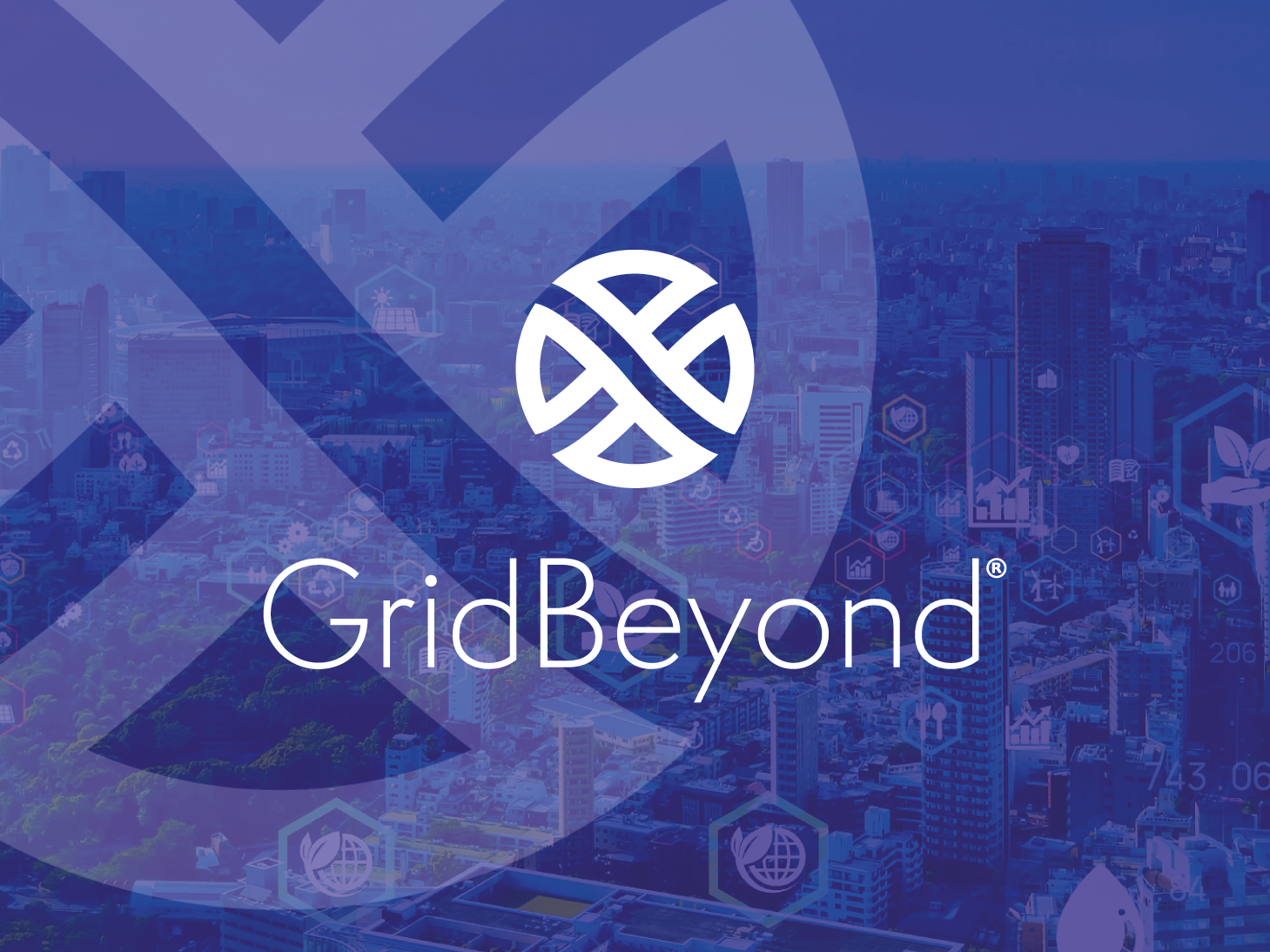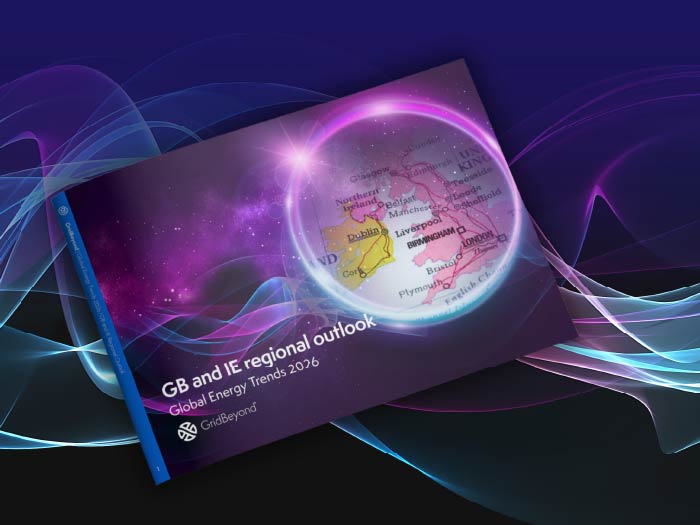News
better business decisions
Posted 5 months ago | 4 minute read

Government rejects zonal pricing
The UK government has rejected proposals to introduce zonal pricing and instead will retain the existing single national GB-wide electricity wholesale market, alongside making reforms to improve the power system’s efficiency.
The REMA programme began in April 2022, considering a wide range of proposals to ensure Great Britain’s future decarbonised power system is efficient and cost-effective. In the foreword to the update, secretary of state for energy security and net zero, Ed Miliband, stated that the government has “decided to retain a single national GB-wide wholesale market and introduce an ambitious package of reform to improve the efficiency of our future power system”, adding that the government plans to “create a more coordinated and strategically planned electricity system”.
In the Review of Electricity Market Arrangements (REMA): REMA Summer Update, published on 10 July 2025, the government concluded that a zonal pricing model would have resulted in significant risks in creating stable long term locational investment signals for new generation at a time when unprecedented levels of investment in the energy system are being called for under the Government’s Clean Power 2030 Action Plan. Instead, the government plans to provide more transparent and predictable locational signals as to where electricity generation should be located and better operational efficiency through a reformed national pricing model.
Strategic Spatial Energy Plan (SSEP)
This GB-wide spatial energy plan for large-scale electricity and hydrogen generation and storage will forecast energy supply and demand characteristics and map potential zonal locations, quantities and types of generation and storage. The SSEP will also seek to ensure that high power demand users, such as data centres, are located where they will deliver the best outcomes for the electricity system. The first iteration of the SSEP is due to be published by NESO in 2026 and is to be “at the heart of the reforms” through its implementation via planning reforms, seabed leasing, the Centralised Strategic Network Plan (CSNP), connections reform and network reforms
Improving operational efficiency
A package of improvements to NESO’s ability to balance the system has been identified for potential reform, including lower mandatory Balancing Mechanism participation threshold (allowing smaller assets, such as batteries, to participate, making better use of flexible embedded generation in balancing); alignment of the market trading deadline with gate closure and alignment of physical notifications with traded positions (to give NESO a better understanding of what each asset actually plans to generate); and unit-level bidding (to allow for greater transparency and mitigation).
The government, NESO and Ofgem are also still considering shortening the imbalance settlement period from the current 30 minutes to 5 or 15 minutes to create more granular signals and enable participation of smaller very responsive flexible assets, such as demand-side response and batteries
Transmission charges
The government will work with Ofgem to review Transmission Network Use of System (TNUoS) charges and connection charges for both generation and demand to provide stronger incentives to build generation where it is needed and make charges more predictable. The review is expected to include aligning TNUoS charges with the SSEP and CSNP, increasing TNUoS predictability, deepening connection charges and reviewing charges for storage and demand. The Summer Update confirms that reforms to TNUoS charges will align to the Government’s Industrial Strategy growth sectors.
Constraint management
The government will continue working at pace to upgrade transmission infrastructure and is supporting NESO to conclude its Constraints Collaboration Project.
Key options include long-term contracts to incentivise new demand to locate behind constraints (e.g. data centre demand) and technical measures to increase electricity flow over network boundaries. NESO will also look at further options to reduce constraints.
The Government will be holding further engagement opportunities on REMA starting the week commencing 14 July 2025






